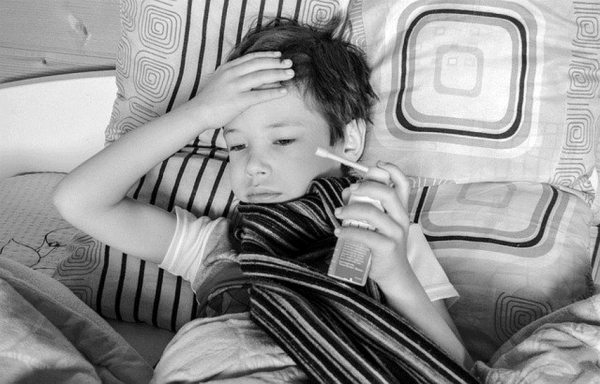
Understanding pneumonia
November is pneumonia awareness month too. During cold season many people suffer from pneumonia. Pneumonia is a common lung infection caused by bacteria, a virus or fungi. Symptoms of pneumonia can vary from mild to severe. Many treatments for pneumonia are available. Treatment depends on the cause of your pneumonia, how severe your symptoms are, and your age and overall health.
What Are the common symptoms of Pneumonia?
Pneumonia symptoms can vary from mild to severe, depending on the type of pneumonia you have, your age and health. Depending on type of microorganisms that can cause pneumonia there are two types of pneumonia.
In bacterial pneumonia, your temperature may rise as high as 105 degrees F. This pneumonia can cause profuse sweating, and rapidly increased breathing and pulse rate. Lips and nail beds may have a bluish color due to lack of oxygen in the blood. A patient’s mental state may be confused or delirious.
Initial symptoms of viral pneumonia are the same as influenza symptoms: fever, a dry cough, headache, muscle pain, and weakness. Within 12 to 36 hours, there is increasing breathlessness; the cough becomes worse and produces a small amount of mucus. There may be a high fever and there may be blueness of the lips.
The most common symptoms of pneumonia are:
- Cough (with some pneumonia you may cough up greenish or yellow mucus, or even bloody mucus)
- Fever, which may be mild or high
- Shaking chills
- Shortness of breath, which may only occur when you climb stairs
Additional symptoms include:
- Sharp or stabbing chest pain that gets worse when you breathe deeply or cough
- Headache
- Excessive sweating and clammy skin
- Loss of appetite, low energy, and fatigue
- Confusion, especially in older people
Causes of pneumonia: Many different germs can cause pneumonia. There are five main causes of pneumonia:
- Bacteria
- Viruses
- Mycoplasmas
- Other infectious agents, such as fungi
- Various chemicals
What Are Risk Factors? Anyone can get pneumonia, but some people are at a higher risk than others.
1. Cigarette smoking
2. Recent viral respiratory infection—a cold, laryngitis, influenza, etc.
3. Difficulty swallowing (due to stroke, dementia, Parkinson’s disease, or other neurological conditions)
4. Chronic lung disease such as COPD, bronchiectasis, or cystic fibrosis
5. Cerebral palsy
6. Other serious illnesses, such as heart disease, liver cirrhosis, or diabetes
7. Living in a nursing facility
8. Impaired consciousness (loss of brain function due to dementia, stroke, or other neurologic conditions)
9. Recent surgery or trauma
10. Having a weakened immune system due to illness, certain medications, and autoimmune disorders.
Preventing Pneumonia:
Some of the steps one can take to prevent pneumonia.
Get Vaccinated :
- Get a flu shot every year to prevent seasonal influenza. The flu is a common cause of pneumonia, so preventing the flu is a good way to prevent pneumonia.
- Children younger than 5 and adults 65 and older should get vaccinated against pneumococcal pneumonia, a common form of bacterial pneumonia. The pneumococcal vaccine is also recommended for all children and adults who are at increased risk of pneumococcal disease due to other health conditions.
- There are several other vaccines that can prevent infections by bacteria and viruses that may lead to pneumonia, including pertussis, chicken pox and measles.
Wash Your Hands: Wash your hands frequently, especially after blowing your nose, going to the bathroom, diapering, and before eating or preparing foods.
Don’t Smoke: Tobacco damages your lung’s ability to fight off infection, and smokers have been found to be at higher risk of getting pneumonia.
Be Aware of Your General Health : Since pneumonia often follows respiratory infections, be aware of any symptoms that linger more than a few days. Good health habits—a healthy diet, rest, regular exercise, etc.—help you from getting sick from viruses and respiratory illnesses.
For more information please visit: http://www.lung.org/
Image credit: Image by Виктория Бородинова from Pixabay
Author: Sumana Rao | Posted on: November 23, 2016






















Write a comment